The drive from Maheshwar to Aurangabad was long and unexciting. We could have picked a somewhat less boring route, but it would have taken even longer. We arrived at our hotel in the early evening. It was a relatively modern one, but well set back from the road and quite stylish – and, as we were about to find out, both food and service were excellent. However, my standard rant about sky-high beer prices applies here, too. (Note to Taj Group Head Office: The maximum profit is not achieved by charging ridiculous prices for something, as revenue is the product of price and quantity sold. If the former is too high, the latter will dwindle – possibly quite dramatically, if people take the view that they are being taken for a ride! I can recommend several books on the topic of Revenue Management. I am also available as a consultant.)
Aurangabad's most famous sight is shown in the photo at the top of this piece. A cursory glance might mislead you – this is not the Taj Mahal (which, of course, is in Agra), but an imitation of it. It is called the Bibi ka Maqbara ('Tomb of the Lady'), but sometimes is also referred to as the Taj of the Deccan or, somewhat disparagingly, as the Mini-Taj. It was built in the 1670s by Mughal emperor Aurangzeb's son Azam in memory of his mother. (The Taj Mahal is the mausoleum of Aurangzeb's own mother.) Whilst it was intended to create something equalling the scale and grandeur of Agra's original, there was not enough money to put these ambitious plans into practice. The white marble here, therefore, is inlaid with stucco as opposed to semi-precious stones and the proportions are certainly not as elegantly balanced as those of the model. That said, I was much more impressed than I had anticipated.
Below is a photo of the entrance to the site as well as a close-up of the mausoleum itself.
The gardens are laid out along similar lines to those at the Taj Mahal.
We had plenty of time to look around the mausoleum's interior – at the real thing you tend to be shoved along by the crowds. Some of the decor is more intricate than we had been led to believe.
It is worth spending some time exploring Aurangabad's city gates. Originally it had 52 of them. However, only four of the big ones and around ten of the smaller ones are still in place. Below are two of the best-preserved gates.
One of our guidebooks had a long paragraph about the so-called Panchakki, a reservoir and water mill fed by water from a source around 6km away. This led us to expect something very special, but in the event we were distinctly underwhelmed. The large banyan tree by the edge of the reservoir, however, was worth a photo.
A lot more interesting was a visit to the Aurangabad Caves, rock-cut Buddhist temples dating from the 6th and 7th century. There are twelve caves altogether, split into three clusters. The three belonging to the third cluster are unfinished. A couple of the other caves also did not get much beyond the basic excavation stage, but several are elaborately decorated both inside and outside.
Some 15km from Aurangabad lies the small town of Daulatabad, known largely for its formidable 12th-century fort. Despite being protected by a series of massive walls (see photos below) and other defensive measures, the fort was conquered by many different armies.
One invader, Muhammad bin Tughluq, even decided to move his capital here from Delhi. However, displacing thousands of people turned out not to have been such a great idea after all.
The photo below shows the fort's 14th-century mosque as well as the royal palace complex on the conical hill in the background.
Visible from far afield is the striking victory tower, the Chand Minar, erected in 1435 by another successful conqueror of the fort. It reminded me of Delhi's Qutb Minar – I subsequently found out that the architect had been inspired by the latter.
Located close by is the town of Khuldabad, whose main entrance gate is shown in the next shot. It is also well worth a visit.
Khuldabad is home to a number of tombs, the most famous of which is probably that of emperor Aurangzeb.
We were surprised at how simple it was. Apparently, this simplicity and the fact that the tomb is open to the sky was in line with his wishes.
Another famous, but much more elaborate, tomb is that of Malik Ambar, a military leader who died in 1626. It was undergoing renovation work at the time of our visit, but we were nevertheless able to have a close look at it. It is depicted below.
Also to be found in Khuldabad is the lovely walled Bani Begum garden. It is named after the consort of one of Aurangzeb's sons and her tomb is at the centre of the garden in an enclosure bordered by four small pavilions.
All over Khuldabad you see places selling a local variety of Khaja, a sweet pastry which is deep-fried in oil.
I have since come across a website proclaiming that ”you must try one here”. Unfortunately, we missed our opportunity to do so.
To be continued with Pt.7: Ajanta

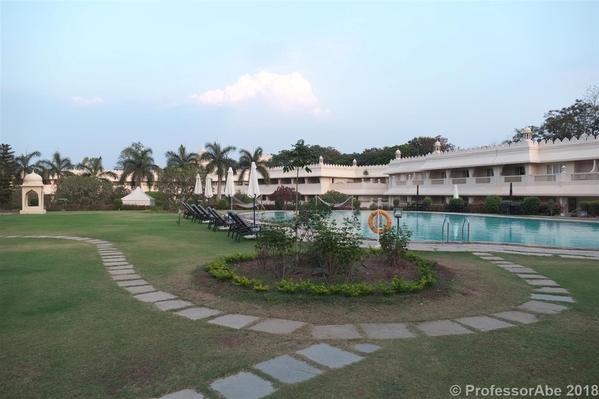
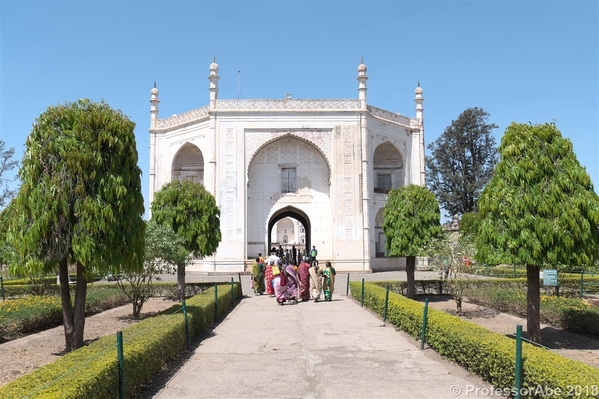
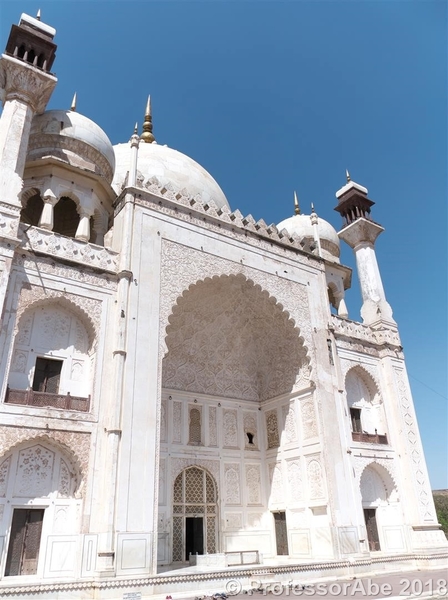

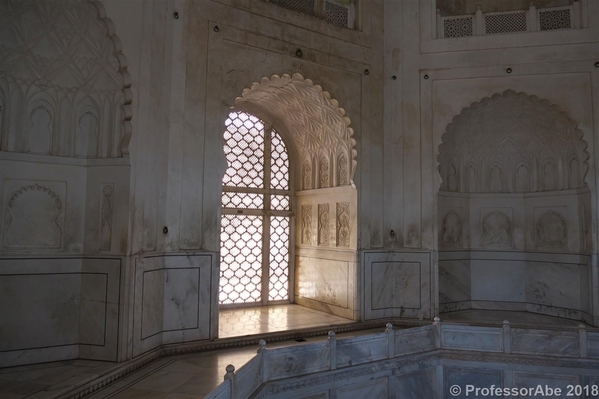

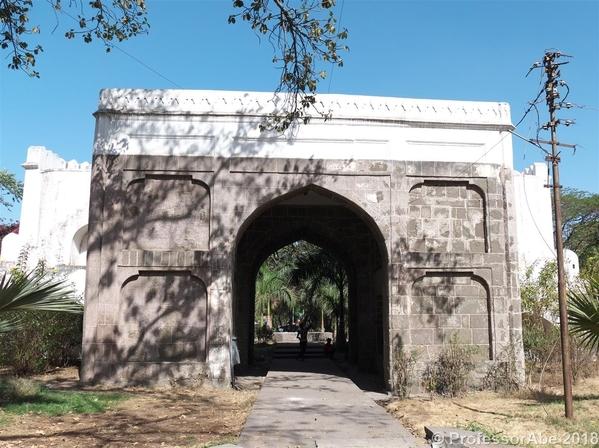



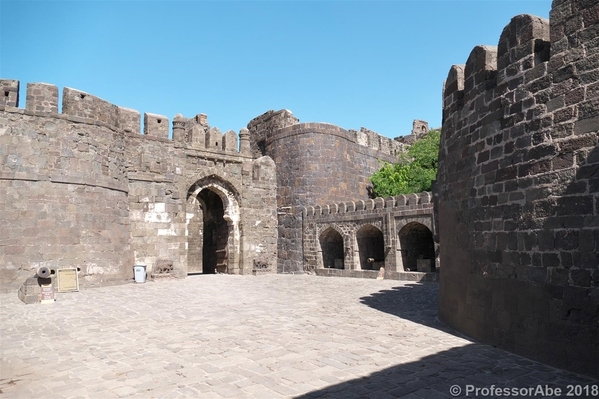
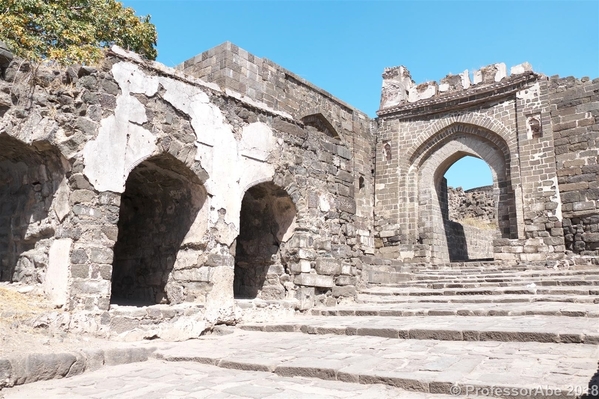
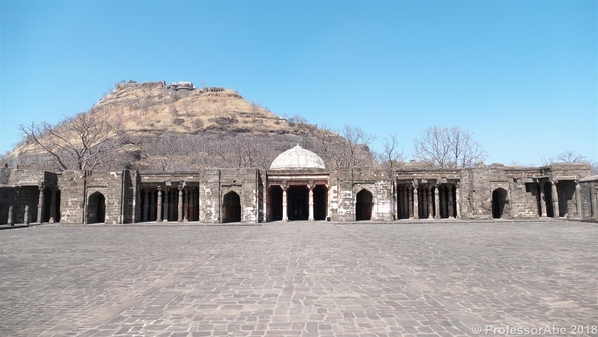
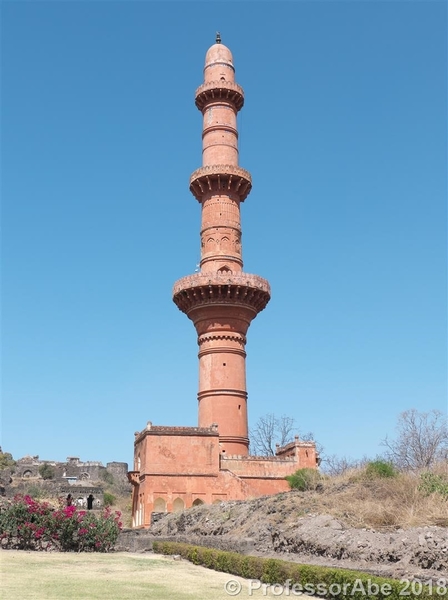
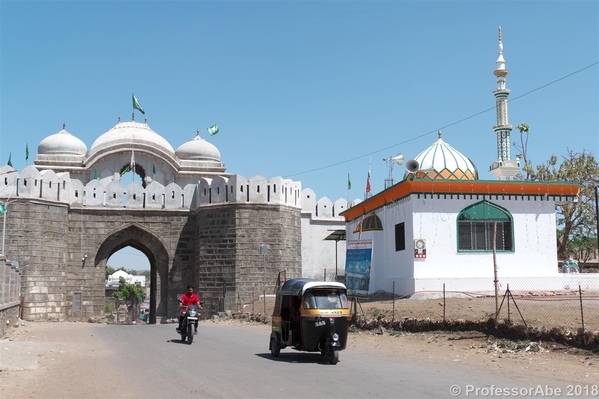
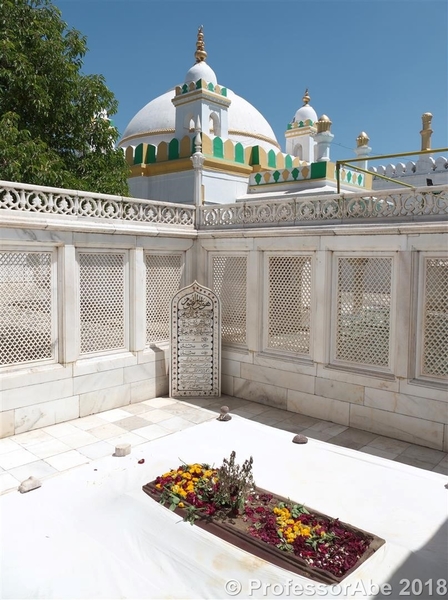
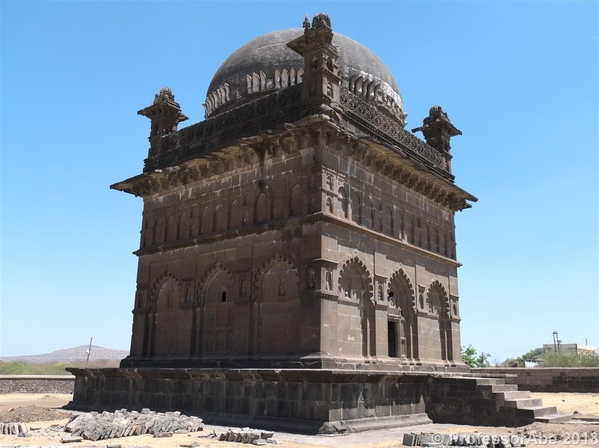
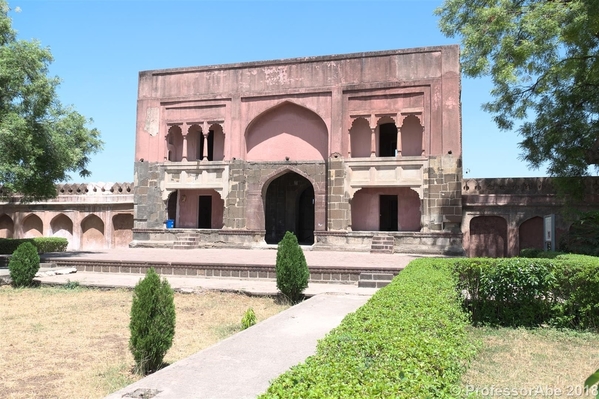
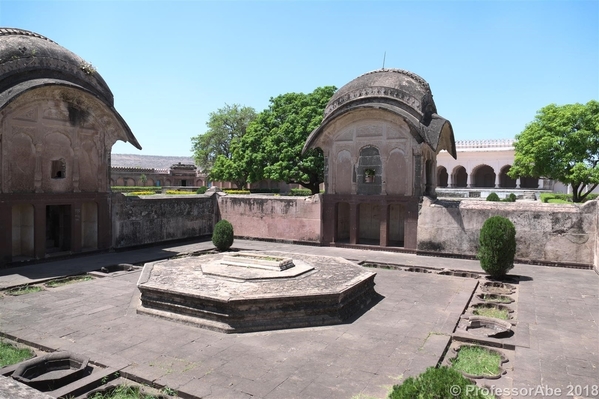
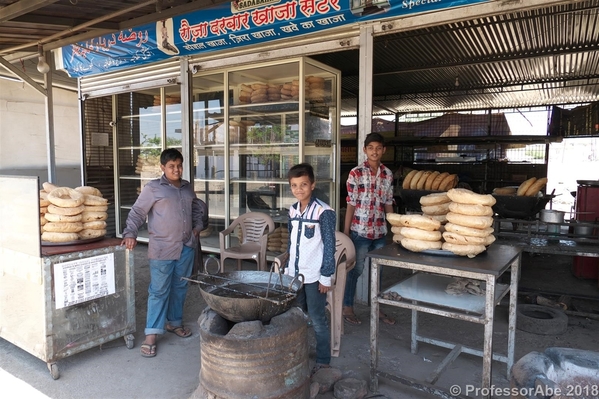
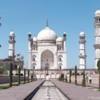



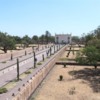

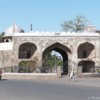

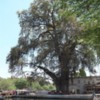
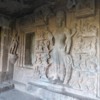
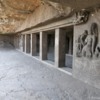










Comments (0)